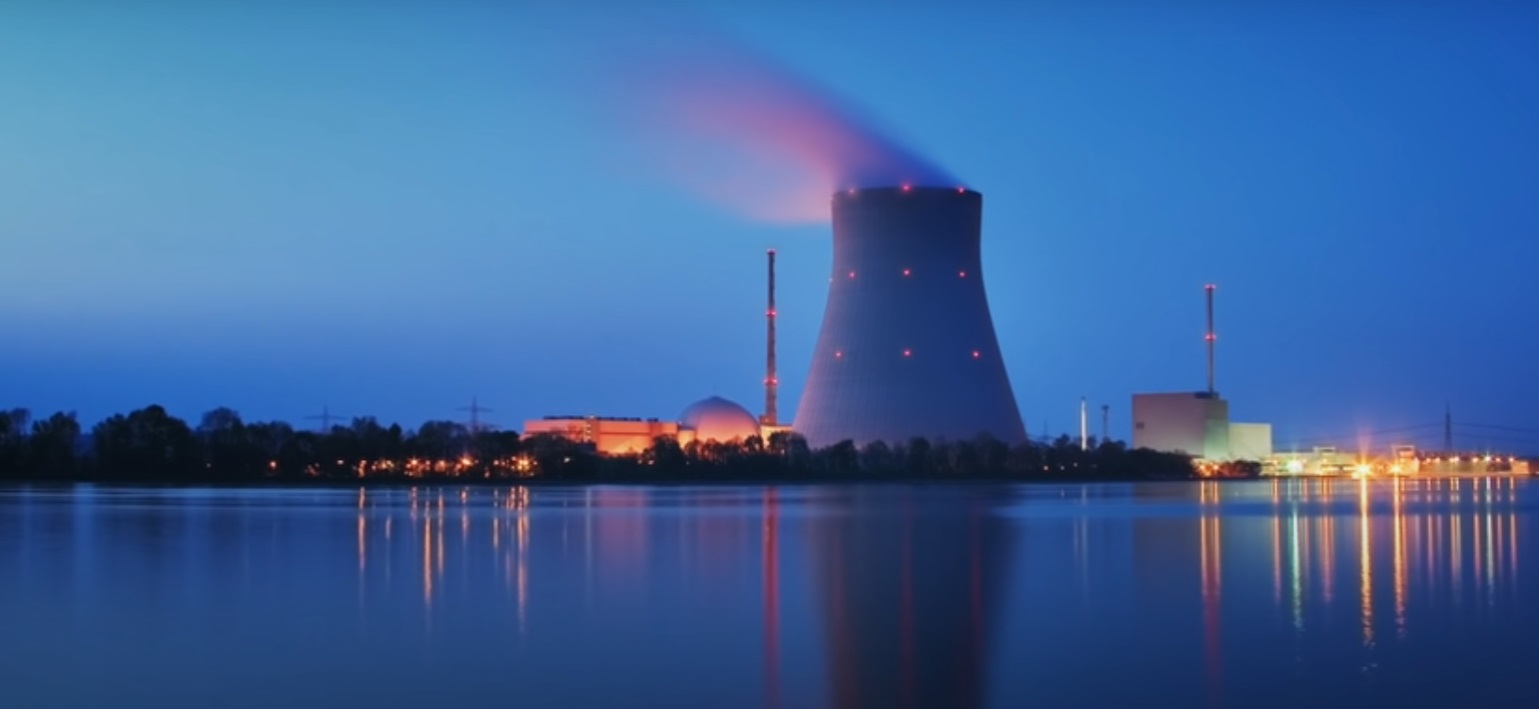
- 2 views
 By Joe Edwards
By Joe Edwards
Recent announcements made by the Ontario Power Generation corporation reveal that small scale nuclear reactors called SMRs will soon be produced in Canada in such numbers as to make them more affordable for business and industry all over the world. The low cost of constructing SMRs or Small Modular Reactors on a per megawatt basis translates into lower electricity production costs. But that’s not necessarily what makes this prospect so exciting. In a country as vast as Canada, having safe and portable electricity could empower a lot of possibilities.
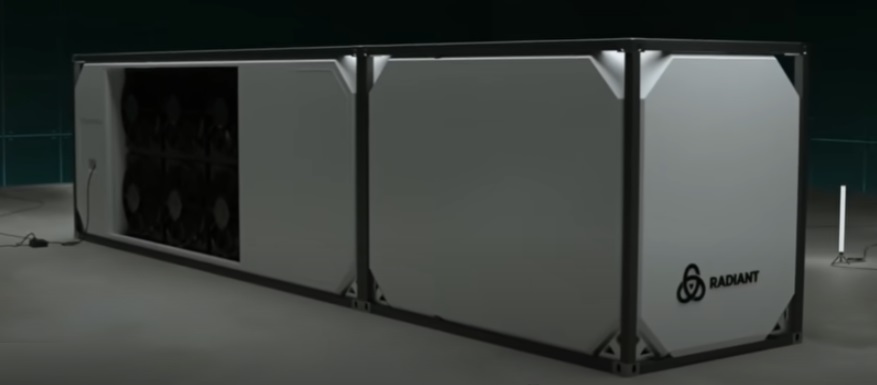
Small Modular Reactors (SMR) to Power Ontario’s Future
Respected thinkers such as former U.S. president Barack Obama, French president Emmanuel Macron, and Microsoft co-founder and philanthropist Bill Gates have toasted the idea of developing SMRs as a reliable, emissions-free backup to intermittent renewable energy sources like wind and solar. These high-profile advocates point to the SMRs which Rolls Royce is marketing in the United Kingdom and the work they have done to make this technology accessible. Proponents claim that because SMRs are smaller, they’ll be safer, cheaper, and quicker to build. Although SMRs have less than a quarter of the power-generating capacity of traditional nuclear power reactors, proponents believe they’ll be assembled in factories and transported as a single unit to remote sites, like a mail-order delivery item of the early 1900s. Why not?
Steel foundries and aluminum smelters could certainly benefit from having a dedicated power plant on site. Metal processing plants require copious amounts of electricity because they need to run continuously. Such facilities are the foundation blocks of all engineering and modern society. Also, metals such as steel and aluminum are highly recyclable and having such facilities will save on mining.
Small Modular Reactors Already Power Research and Defense
Nuclear fission reactors can be scaled down without sacrificing safety or cost-efficiency. Small reactors have existed since the beginning of the Atomic Age, sixty years ago. Examples include the power plants of multiple US warships.
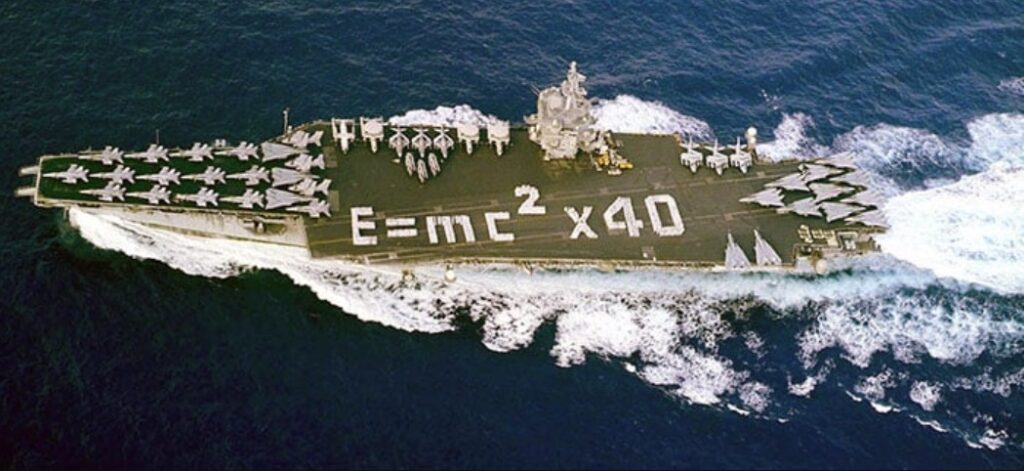
The A1B reactor was developed by the United States Navy for the Gerald R. Ford nuclear-powered aircraft carrier. The largest warship in the world is powered by two A1B reactors.
Each A1B reactor is around 2.5 stories tall and is shaped like a grain silo. The support systems, which includes cooling, propulsion, and electricity generation occupies between fifteen and twenty-percent of the ship.
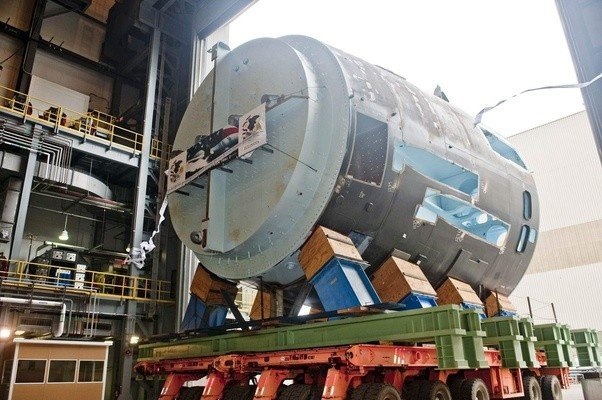
The actual core of the reactor is much smaller, concealed inside the vault like a high tech Matryoshka Doll. The aircraft carrier needs a powerful generator because it uses electricity in place of steam, for example the aircraft are launched by an electromagnetic catapult. Once launched, the ship can run four shafts and do 30 knots (56 km/h; 35 mph) for approximately 25 years before it needs to be ‘refueled’.
The new reactor was named A1B, following the Navy’s reactor-designation scheme of type, generation, and manufacturer: A for aircraft carrier, 1 for the maker’s first reactor plant design, and B for Bechtel, the company making the reactor.
Additionally, there are research reactors at major Canadian and US universities and there are demonstration reactors built by power companies prior to scaling up designs for commercial electricity supply. McMaster University has a 5 MW multi-purpose reactor which provides neutrons for research and medical isotope production. It’s Canada’s most powerful research reactor and the nation’s only major neutron source.
Modular reactors means they’re portable, standardized and and replaceable. Such reactors could harness nuclear fission and be the ideal solution to produce electricity for industry, district heating, water desalination, pumping and irrigation.
Most of the power we use here in Ontario comes from nuclear plants in Pickering (Darlington) and the Bruce Peninsula. The remainder is hydro electric power. In the summer, our electricity demand sky rockets as the population uses air conditioners.
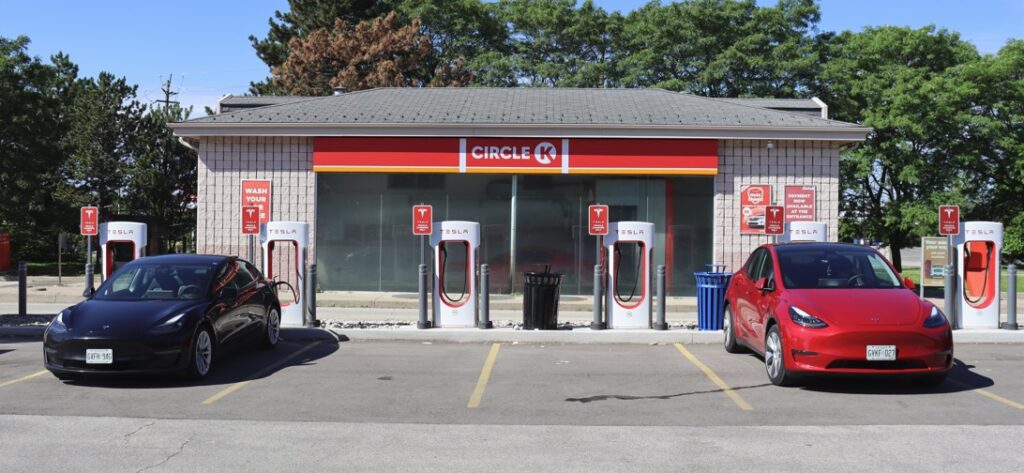
Ontario’s Clean Energy Future
By and large, Canadians who have purchased electric vehicles are concerned about how the electricity they use is generated. Ontario drivers can feel reasonably secure their are not simply consuming fossil fuel in another form. Ontario Power Generation (OPG) has worked hard to help decarbonize Ontario’s electricity system, which is now one of the cleanest in the world.
On July 7, 2023, the Ontario government announced it is working with Ontario Power Generation (OPG) to commence planning and licensing for three additional SMRs, for a total of four, at the Darlington nuclear site.
Electric vehicles, or EVs, are the future of our transportation network. By switching away from fossil fuels and choosing renewable electricity to power their commutes, Ontarians can help fight climate change and save money.
